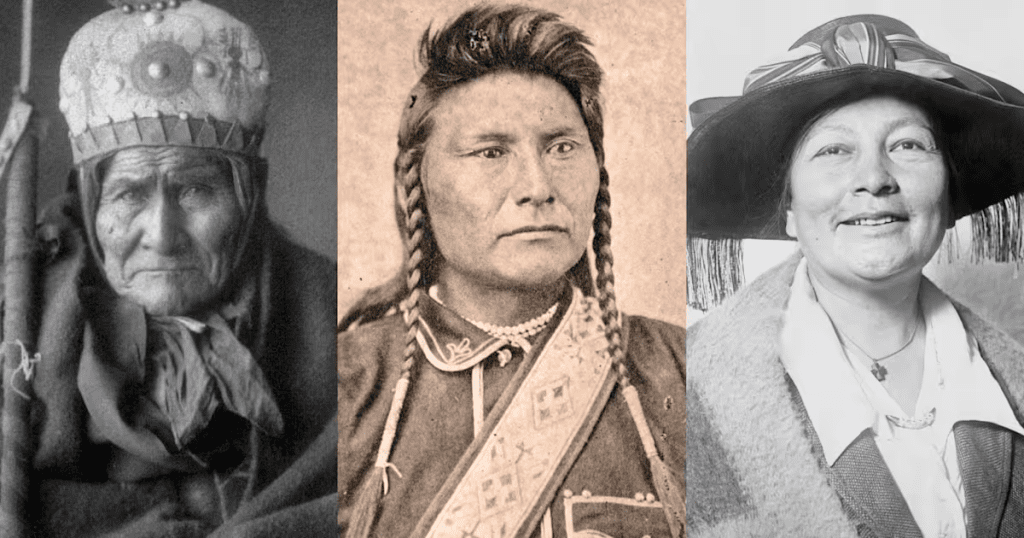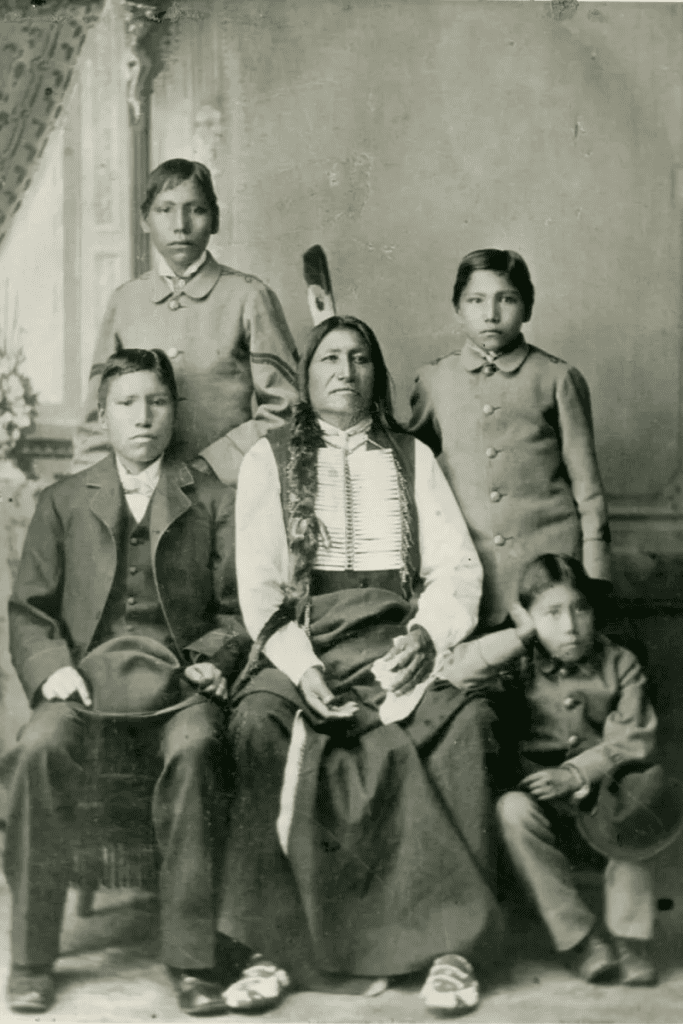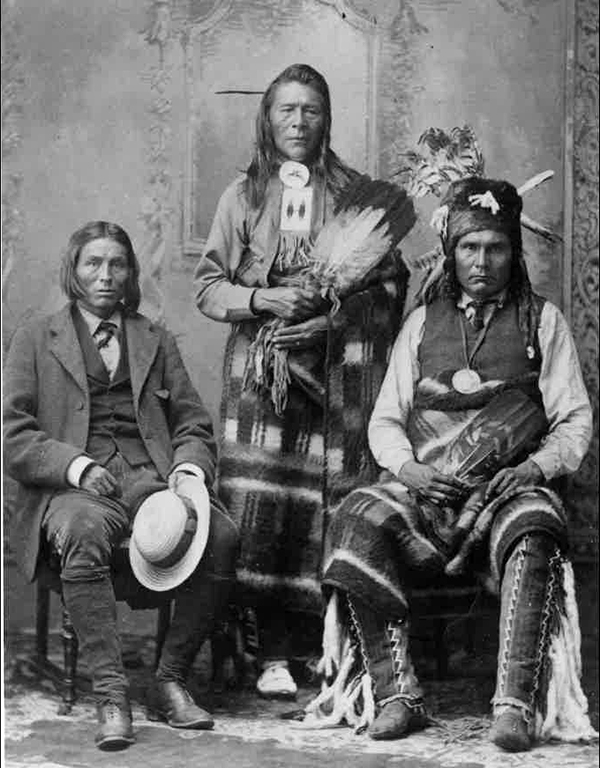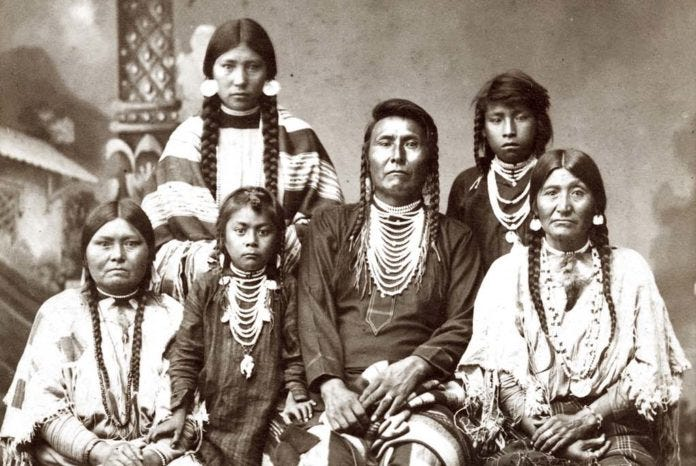History often draws sharp lines between cultures, but the truth is far more complex and fascinating. One such story comes from 18th-century America, where unexpected alliances formed between Scottish traders and Native American tribes, particularly the Cherokee and Creek. These unions, forged through marriage and mutual respect, gave rise to some of the most influential leaders in Native American history men like John Ross and Red Eagle who carried both Scottish and Indigenous blood and stood at the crossroads of two worlds.

The Scots in the American South
In the 1700s, waves of Scots arrived in North America, many of them escaping political turmoil, poverty, or British persecution after failed uprisings like the Jacobite Rebellions. While some settled in northern colonies, others moved southward, becoming traders, interpreters, and frontiersmen. Unlike the British elite, these Scots often lived among Native American communities, learning their languages, respecting their customs, and marrying into their societies.

This was particularly true among the Cherokee and Creek peoples of the southeastern United States. The Scots brought firearms, tools, cloth, and other goods, building trade networks that extended deep into tribal lands. But it was their personal relationships especially marriage that cemented deeper bonds.
Video:
What is the Oldest Native American Tribe?
Mixed Heritage, Powerful Legacy
These cross-cultural unions produced children who were uniquely positioned to navigate both Native and European-American worlds. Raised with tribal values and fluent in English, many of them emerged as natural diplomats, warriors, and political leaders.

John Ross, one of the most important chiefs in Cherokee history, was born in 1790 to a Scottish father and a part-Cherokee mother. Though only one-eighth Cherokee by blood, Ross was culturally and politically Cherokee through and through. He became Principal Chief of the Cherokee Nation and served for nearly 40 years. Fluent in both English and Cherokee, Ross led his people through some of their darkest times, including the harrowing Trail of Tears. Despite immense pressure, he defended Cherokee sovereignty in courtrooms and on the battlefield, always striving to protect his people from displacement.
Another striking example is Red Eagle, also known as William Weatherford, a Creek leader born to a Scottish trader and a Creek mother from a prominent clan. During the Creek War (1813–1814), Red Eagle led forces against American expansion but also sought to minimize bloodshed and preserve his people’s land. After the war, he became an advocate for peace and coexistence, respected even by his former enemies.

Cultural Bridges, Not Divides
What’s most remarkable about these leaders is how they honored both parts of their identity. They didn’t abandon one culture for another they built bridges between them. They wore moccasins and kilts, spoke Cherokee and English, practiced diplomacy with American politicians while holding fast to tribal traditions.
Video:
Truth of Skinwalkers… Stories from the Navajo Nation || Viewer Discretion Advised!!! ||
Their dual heritage didn’t dilute their identity it enriched it. In a world that often demanded loyalty to one side, these men stood for unity, complexity, and the idea that strength can come from honoring every part of who you are.
Lasting Impact
The legacy of Scottish-Native American heritage endures today, not only in family trees but in the values of resilience, diplomacy, and cultural respect that these leaders embodied. Their stories challenge the narrative of cultural separation and remind us that history is filled with moments of unexpected unity.
John Ross and Red Eagle were more than just leaders they were symbols of what can happen when different cultures meet not with fear, but with curiosity, understanding, and shared purpose.



